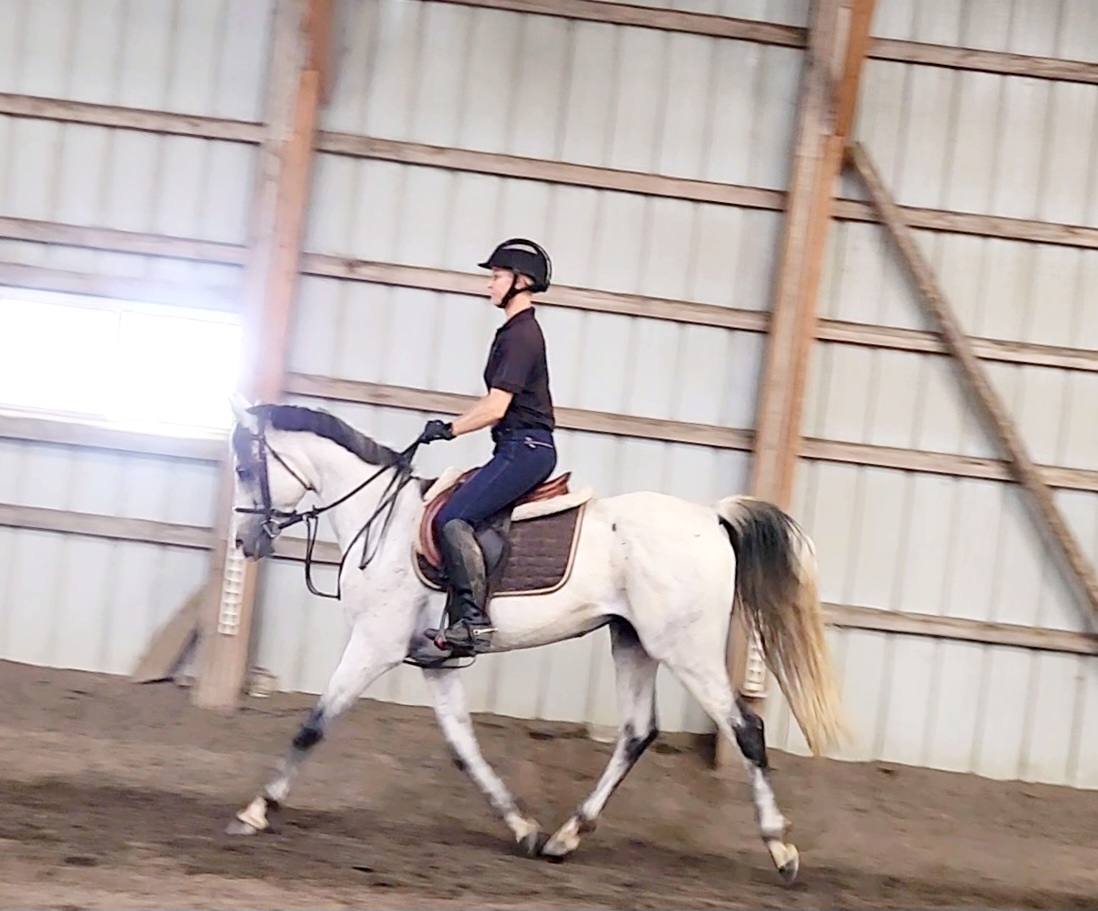I have written this countless times before, but it’s worth repeating again: a big part of positive change is understanding everyone’s perspective. Eventing has an incredible number of important role players and we need to do a better job of understanding how each contributes to making eventing better. Kelly Gage is a clinic and event organizer who helped found Team EnGaged LLC, an equestrian event management company that specializes in equestrian education in Kentucky. They host 15 to 20 events a year and they have hosted clinicians including Edward Gal, Stephen Bradley, and Christoph Hess. In this first part of a two article series, Kelly was kind enough to write to us about some key thoughts for event organizers. Thanks for writing this Kelly and thank you for reading:
—-

From Kelly:
Event managing is not for the faint of heart. Among the skillset of herding cats
As an organizer, we believe in something bigger and much broader than what the usual spectator and sometimes what a community sees. We’re sometimes an eccentric, stubborn bunch whose Marmadukes come out pretty hard sometimes. Ultimately what drives EO’s is a vision of perpetuating the sport to a new generation. However vision is expensive. At minimum, it’s a $5,000 buy-in to cover basic expenses and profit margins are slim.
Money is always on the forefront of any EO’s mind and the usual solution to any EO’s main problem is to throw more money at it. This is an unfortunate cycle, because it doesn’t hold EO’s accountable nor does it raise the quality of the event. Fund-raising is year round, most of the times you find yourself pitching sponsorship in unexpected places.
What does make events grow isn’t just more cash, prizes, or money, it is consistent funding and correctly activating the client base.
Whether it be $100 or $100,000, if you know when the money is coming in you can correctly allocate it to make impact within a budget. Knowing when and what sources funds are being derived from allows maximum partnership between EO and the customer to help create a better event.
Since the majority of event funds come from rider-driven resources, it’s natural to try to create a steady stream of revenue via an active, vibrant client base. Creating that partnership begins with having total focus on the customer’s needs and the ability to create a comfortable dialog between the two parties so that the event itself can experience growth.
So often EO’s blur the line between client and rider due to the nature of the sport and what kind of community it fosters. In the end it’s important to remember it is the rider population that decides what is successful and unsuccessful in the community.
An EO’s clients should be the ones that (and often loudly do) have the most to say, and should be allowed the time and space to air those opinions. Whether the person saved two years to come to a single event or if the person is a seasoned professional, they all should have open-door access to the EO.
This rider-centricity is by far the most important idea an EO can tap into. It gives EO the how and why riders spend and more importantly justify spending their money on what events in what locations. It makes events naturally more competitive for their riders and subsequently sponsors’ dollars and participation.
By gauging their perception and dissemination of the event’s activities and using their suggestions to actively an EO can correctly allocate funds to develop wanted programs and create rider-driven events, which therefore creates a continuous cycle of fresh growth while maintaining a loyal customer base. It also allows the creation of a level of expectation , of economic thresholds for price versus quality and gives the customer’s an active roll in developing their equestrian community without putting a huge investment of time.
In the end, it achieves consistency which allows a more diverse, better funded event.
Ahead in part 2: Helping governing bodies to create basic guidelines and standards for events and EO for a more successful pipeline from clinic to show.



















